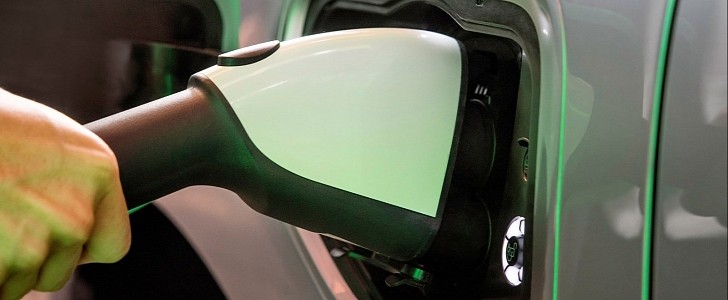There was a time, mostly before the great financial crisis of the late 2000s, when the world liked to call Ford, GM, and Chrysler the Detroit Big Three. Somehow and for whatever reason, even if the moniker is still around, people don’t like to call these companies that anymore.
Having been plagued back then by financial problems that led to all sorts of requests for government bailouts and, in the case of Chrysler, repeated alliances and mergers with European carmakers that dilluted its American essence, the Big Three have a big a shot at getting their self-esteem back – the arrival of electric vehicles.
All three have electrification plans in place, different in scope and approach, but until this week there was no coherent vision as to what the future of EVs in the U.S. will be. As of August 5, there might very well be one.
In a rare instance when the three carmakers released a joint statement, Ford, GM and Stellantis said they plan on being big sellers in the EV segment and achieve the 40 to 50 percent target of “annual U.S. volumes of electric vehicles” by 2030, as it will be set by the Biden administration this week. The target bundles together battery electric, fuel cell and plug-in hybrid vehicles.
Saying that “our recent product, technology, and investment announcements highlight our collective commitment to be leaders in the U.S. transition to electric vehicles,” the trio calls for the swift implementation of the Build Back Better Plan, the proposed $7 trillion post-pandemic relief and investment package announced by the Biden administration.
More specifically, the three giants ask for purchase incentives, a charging network "of sufficient density to support the millions of vehicles these targets represent," investments in research and development, and "incentives to expand the electric vehicle manufacturing and supply chains in the United States.”
All three have electrification plans in place, different in scope and approach, but until this week there was no coherent vision as to what the future of EVs in the U.S. will be. As of August 5, there might very well be one.
In a rare instance when the three carmakers released a joint statement, Ford, GM and Stellantis said they plan on being big sellers in the EV segment and achieve the 40 to 50 percent target of “annual U.S. volumes of electric vehicles” by 2030, as it will be set by the Biden administration this week. The target bundles together battery electric, fuel cell and plug-in hybrid vehicles.
Saying that “our recent product, technology, and investment announcements highlight our collective commitment to be leaders in the U.S. transition to electric vehicles,” the trio calls for the swift implementation of the Build Back Better Plan, the proposed $7 trillion post-pandemic relief and investment package announced by the Biden administration.
More specifically, the three giants ask for purchase incentives, a charging network "of sufficient density to support the millions of vehicles these targets represent," investments in research and development, and "incentives to expand the electric vehicle manufacturing and supply chains in the United States.”
































